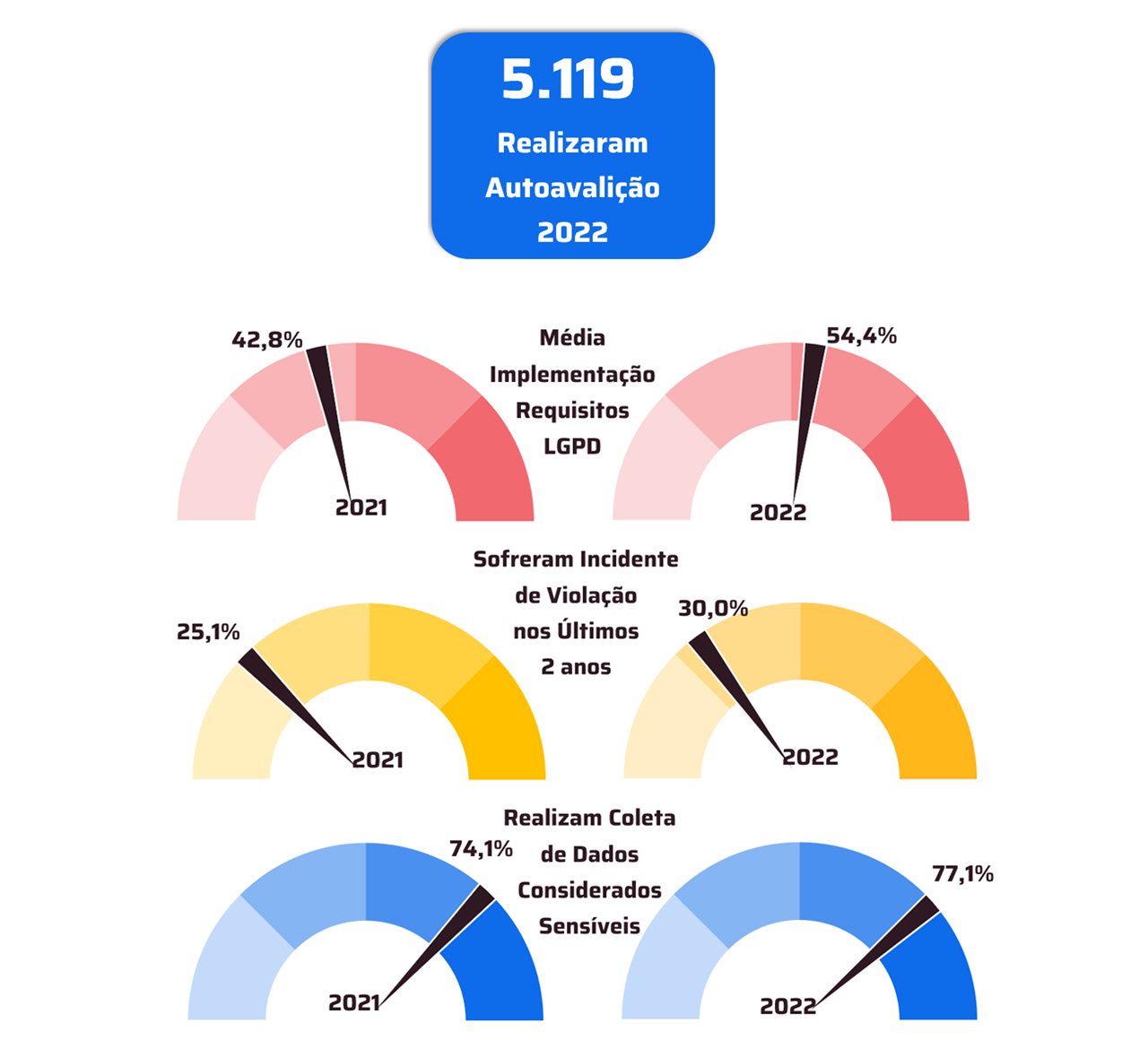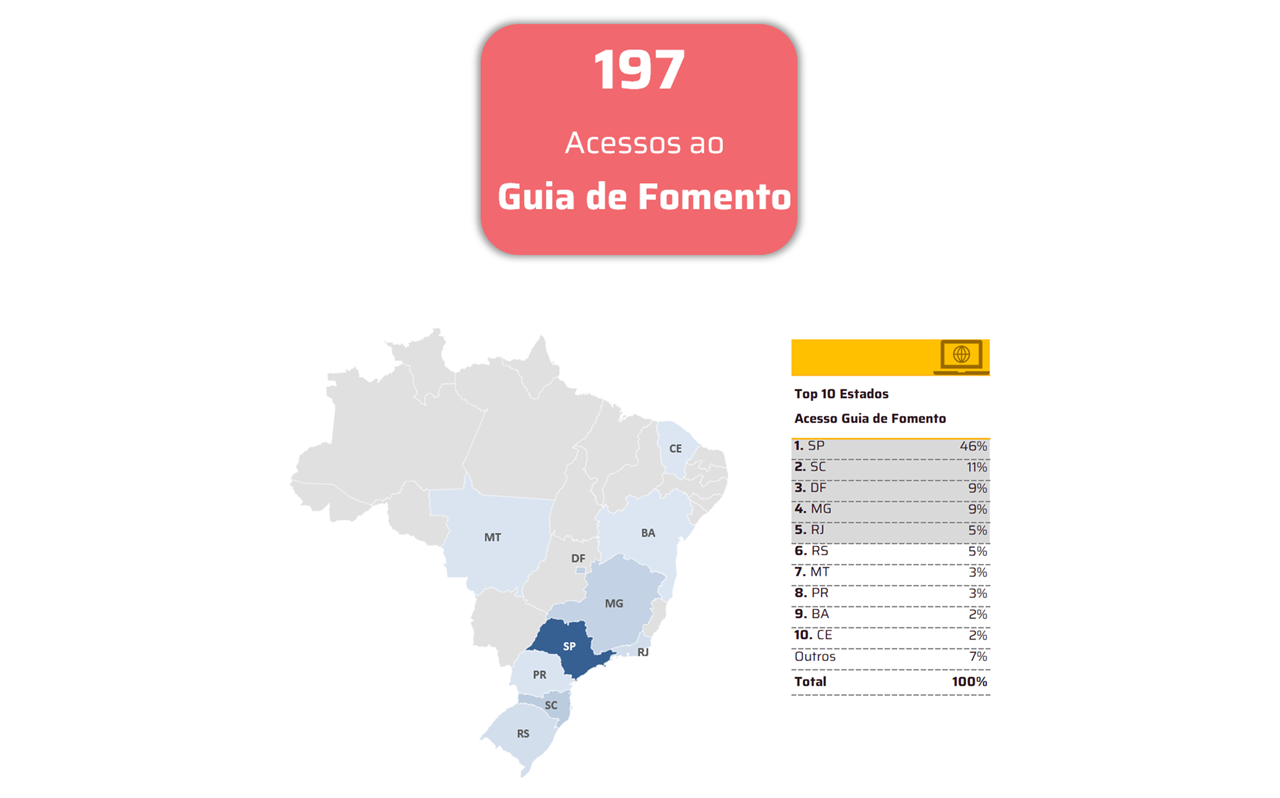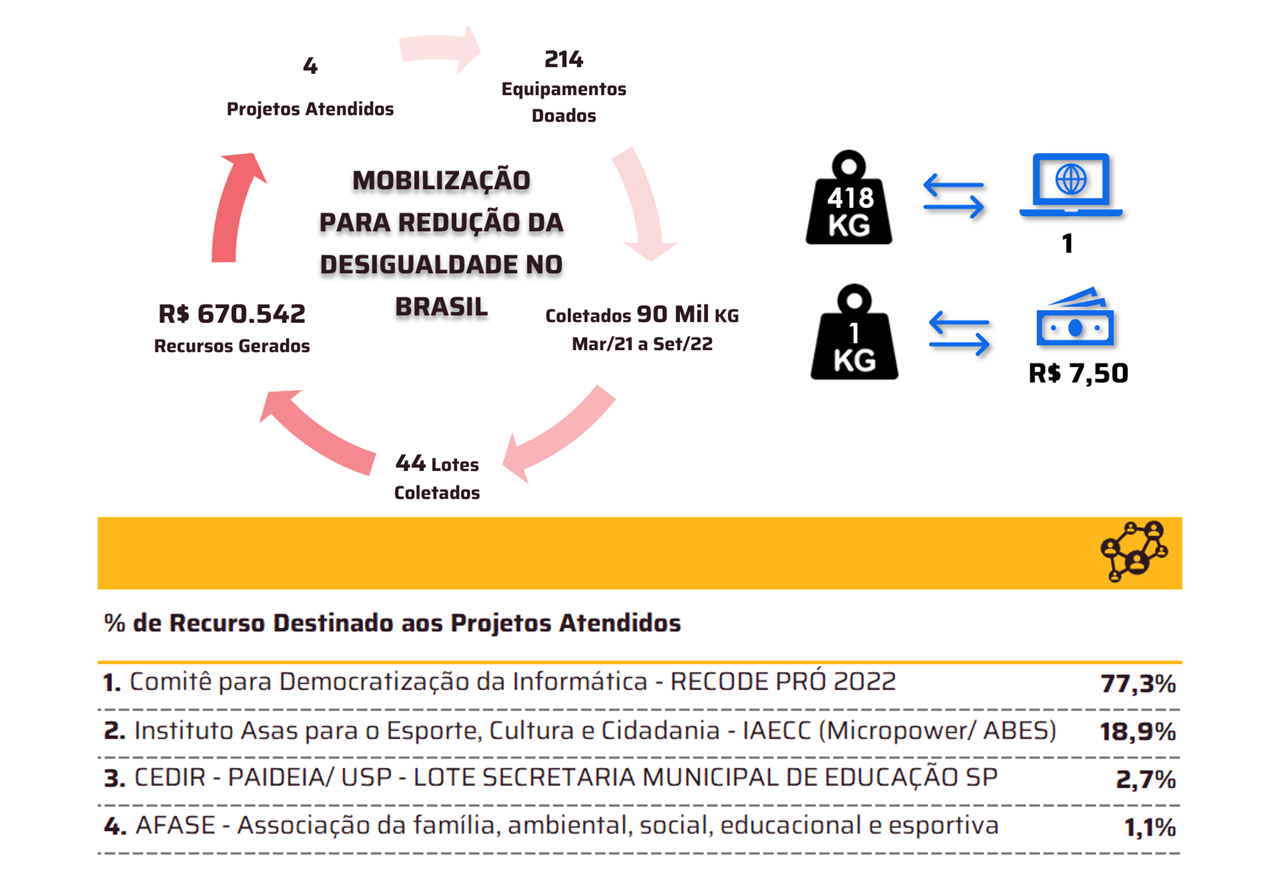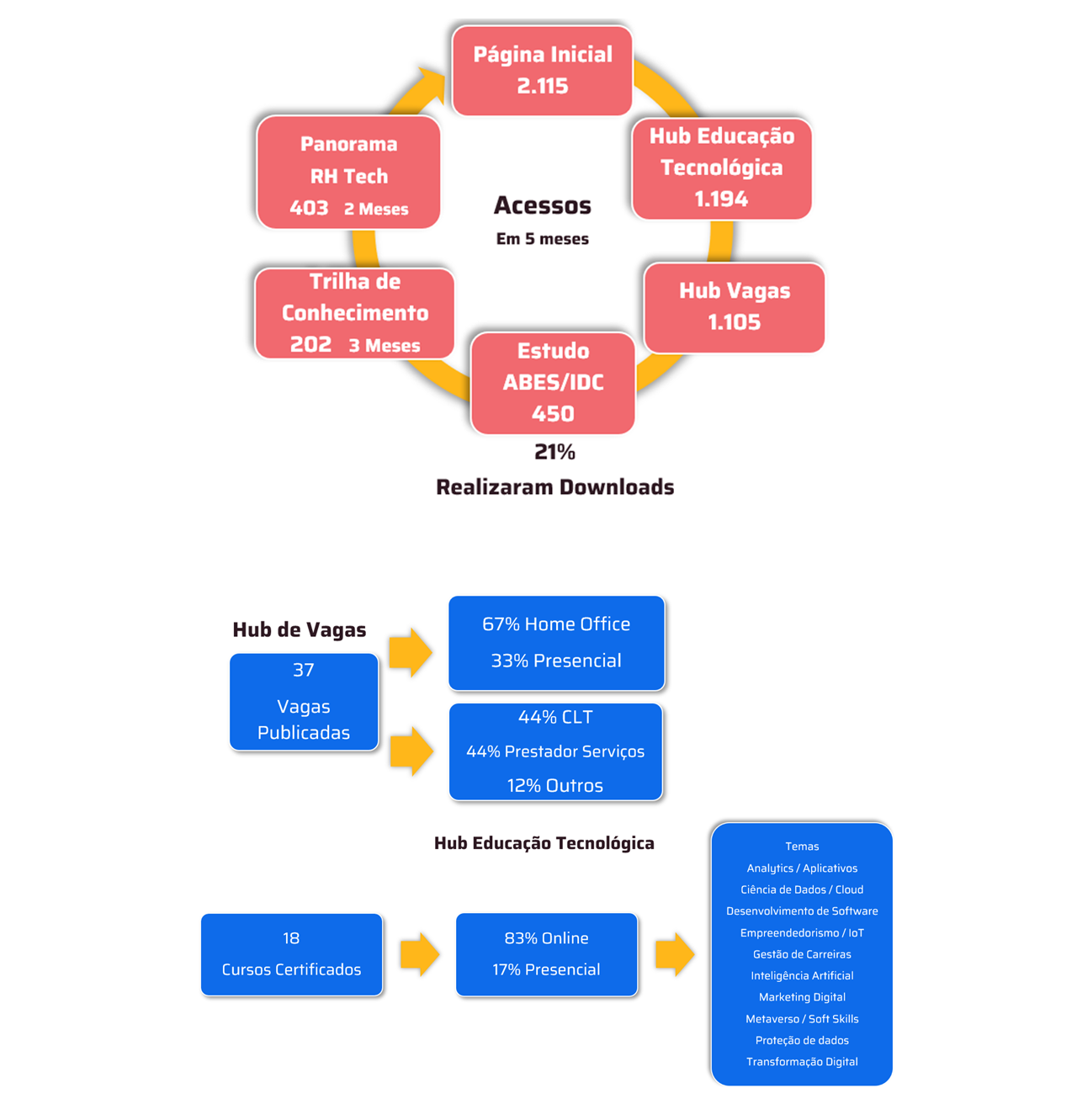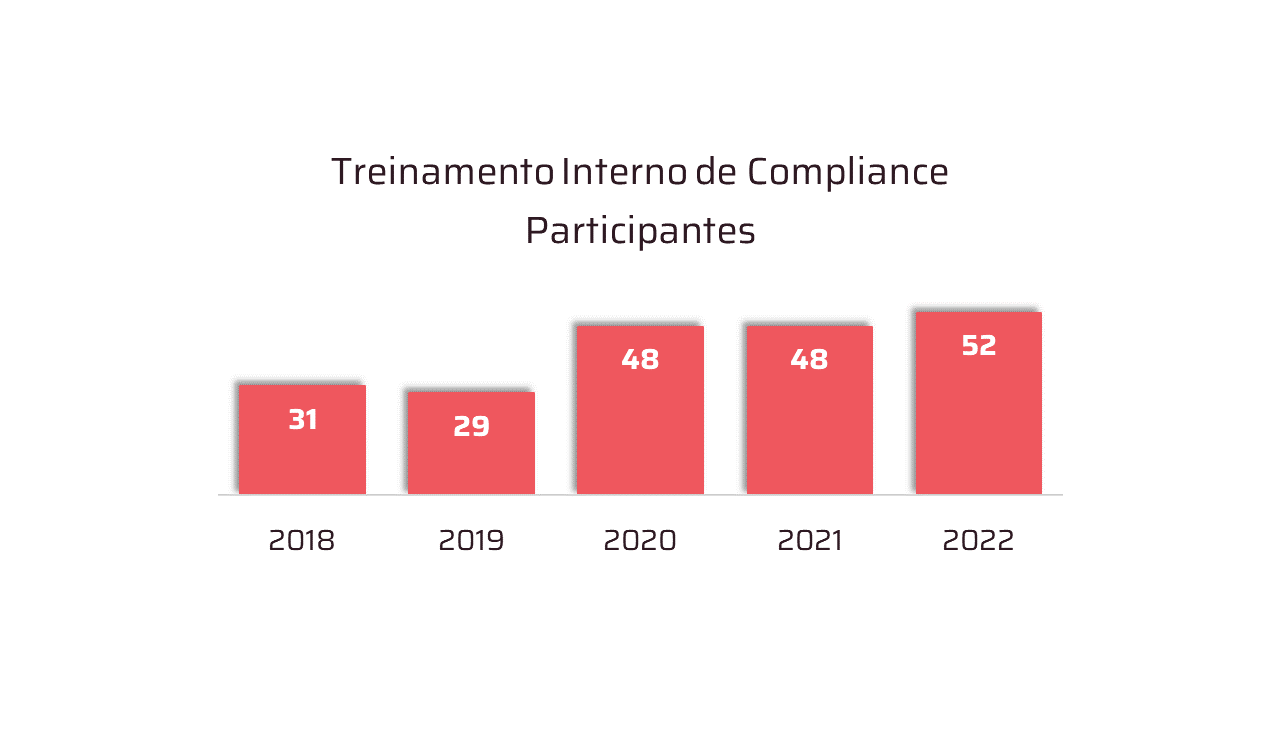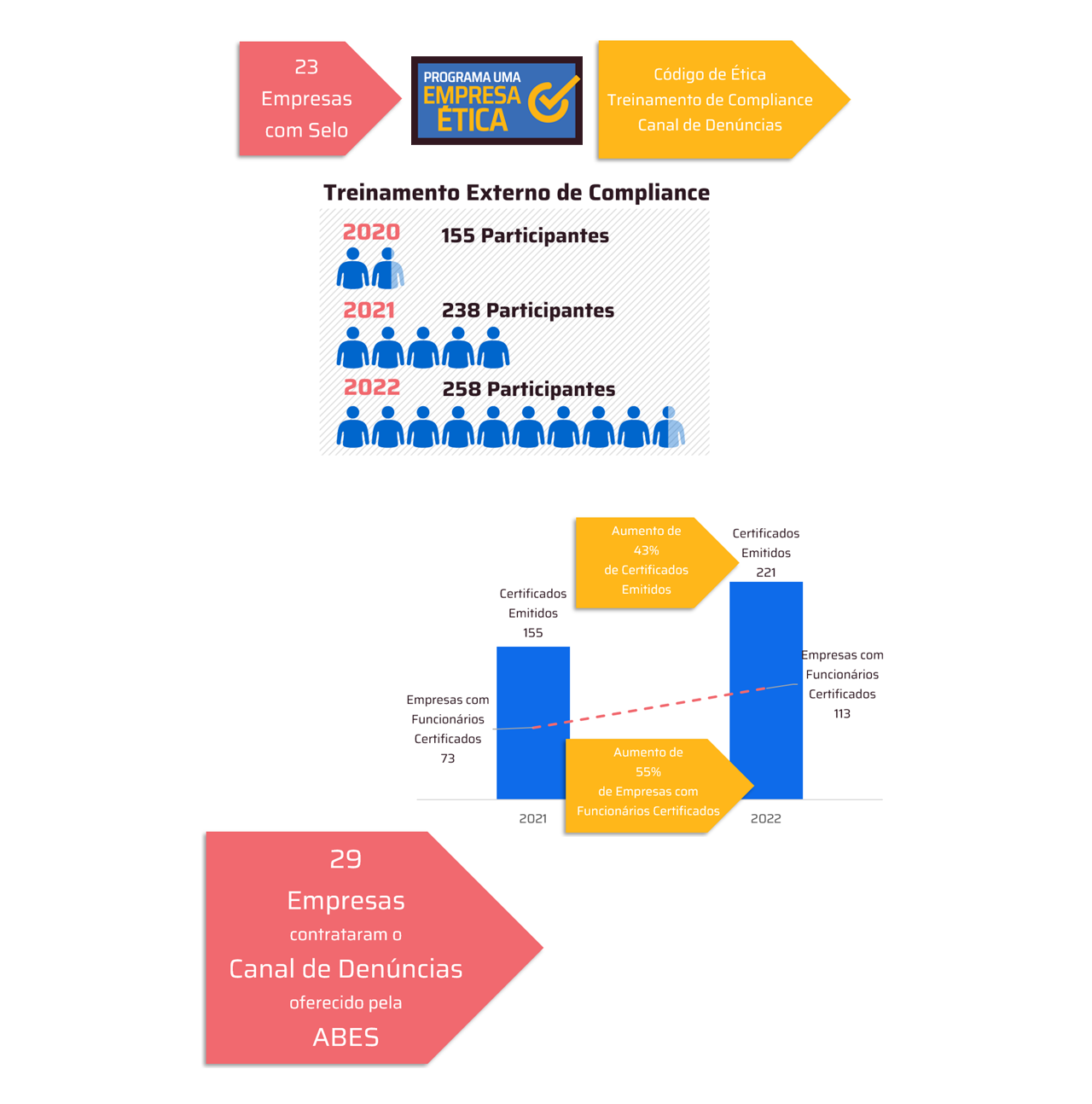 *By Alexandre Nakano
*By Alexandre Nakano
The rise of artificial intelligence has been a game-changer for the corporate world. AI is already present in decision-making processes, business models, and even everyday interactions. However, while creating opportunities, this technology also increases the risks of cyberattacks. Along with gains in efficiency and competitiveness, the sophistication of digital threats also grows.
Cyberattacks today are not only more frequent, but also more intelligent, faster, and harder to identify. We no longer deal with simple hacks, but with sophisticated scams based on deepfakes, advanced phishing, and automated attacks that use precise data to manipulate systems. Unfortunately, artificial intelligence has significantly expanded the power of cybercriminals.
In addition, the growth of the connected device ecosystem expands companies' attack surface. The integration of sensors, cameras, wearables, and other IoT devices into corporate networks increases vulnerability, especially when these devices lack updates or are misconfigured. Every breach becomes an open door for attacks.
In this scenario, cybersecurity has become a matter of survival for companies. And the challenge goes beyond technology. Cybersecurity is no longer the sole responsibility of IT teams; it now involves the entire corporation. It requires a solid organizational culture, team engagement, and leadership committed to protecting information. Investing in firewalls or antivirus software isn't enough; it's necessary to adopt a robust protection model based on constant monitoring, risk management, and, above all, a security-focused approach.
Recent data from Brasscom shows that 791% of Brazilian companies are exposed to digital attacks, despite recognizing the severity of the problem. There is a clear disconnect between awareness and action. This gap needs to be bridged with consistent investment in cutting-edge solutions and the integration of artificial intelligence into defenses.
This scenario needs to change. AI can and should be a powerful ally in detecting anomalies in real time, automating responses, and even anticipating threats before they occur. However, technology without human training loses its impact. Regular training, practical simulations, and awareness campaigns are essential to ensure employees are prepared to identify risks and act proactively. After all, security is not just the responsibility of IT, but of everyone in the company.
Building a solid security culture means transforming every professional into a guardian of information. This only happens through ongoing education, shared responsibility, and committed leadership. Companies that understand this gain not only protection but also the trust of customers and partners. It's not just about protecting data, but also about preserving reputation, customer loyalty, and business continuity.
The future of cybersecurity will inevitably be challenging. AI-driven threats will become increasingly sophisticated and frequent. However, the same technologies that increase risks also offer paths to more agile, intelligent, and effective defense. Brazil already ranks 12th in the global security market and projects investments exceeding R$100 billion by 2028. This movement demonstrates maturity, but it needs to advance quickly.
Cybersecurity shouldn't be seen as a cost, but rather as an essential investment. Protecting networks, systems, and devices ensures business sustainability in an increasingly digital world. In the age of artificial intelligence, innovating responsibly and with a commitment to cybersecurity is the true competitive advantage.
* Alexandre Nakano is the Director of Security and Networking at Ingram Micro Brazil. He leads the new business division for the Cybersecurity and Networking area at Ingram Micro Brazil. He has over 20 years of experience in the technology market and has consistently held management and sales positions at major IT companies. His resume includes experience at companies such as Cisco Systems. In addition to his professional experience, he holds two executive MBAs—the first in corporate management from FGV and the second in finance from Insper—and a degree in Electronic Engineering..
Notice: The opinion presented in this article is the responsibility of its author and not of ABES - Brazilian Association of Software Companies









